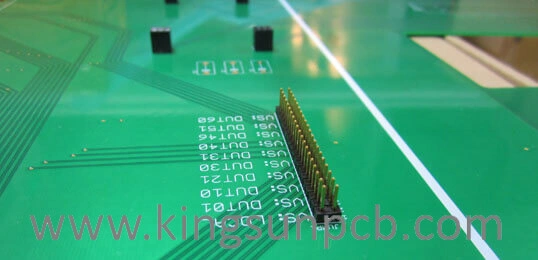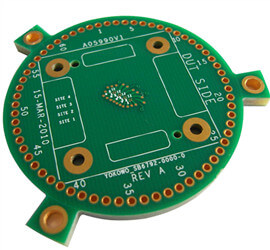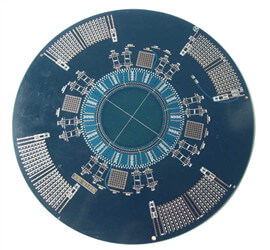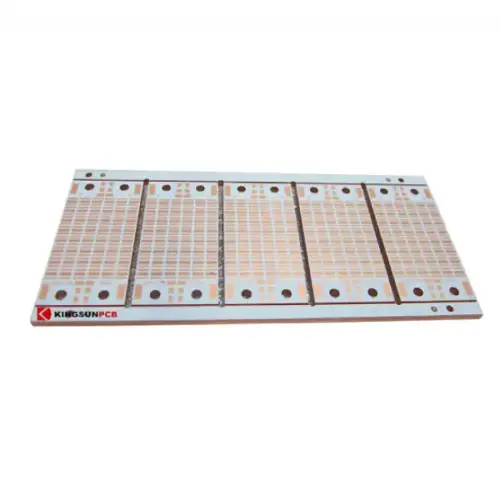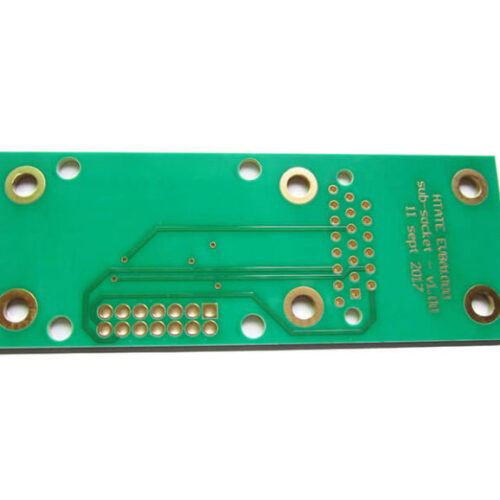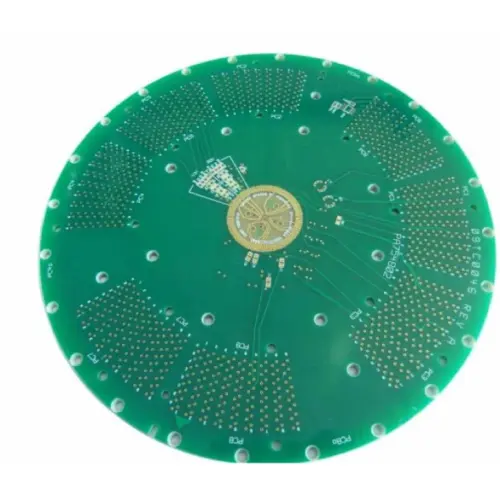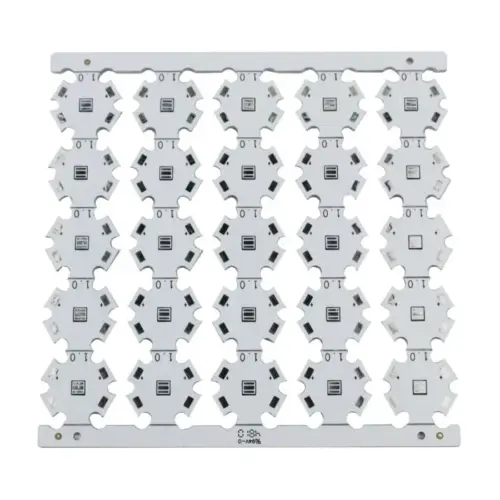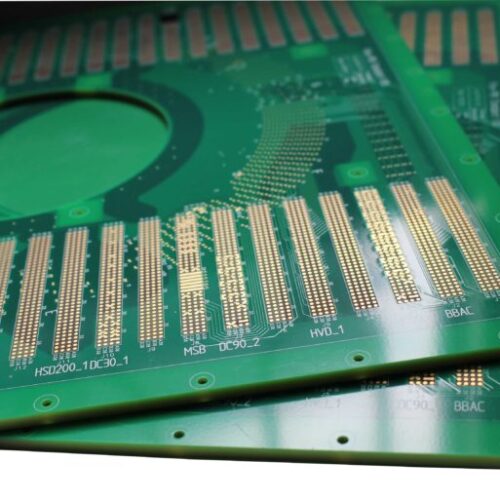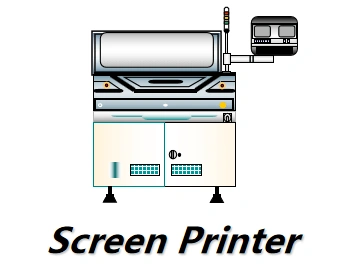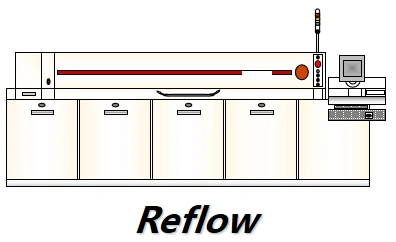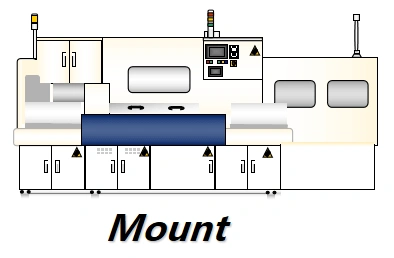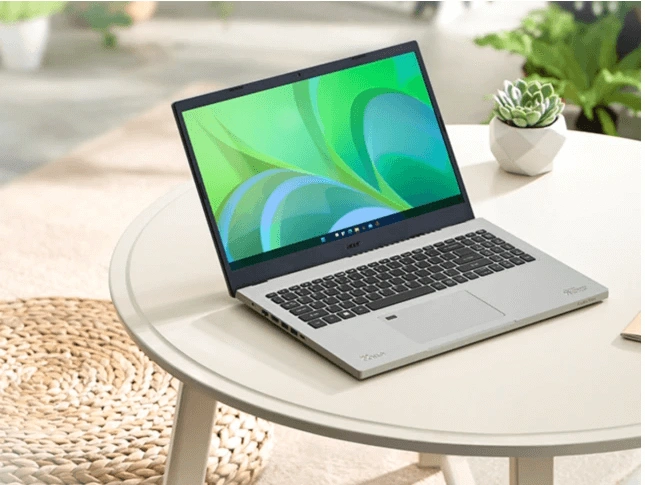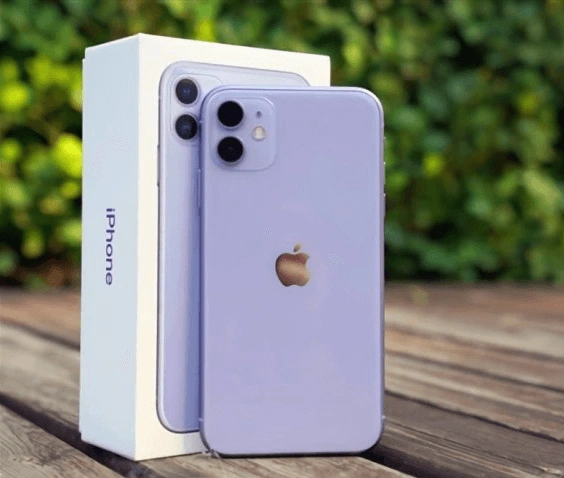Il secondo passo è la produzione di schede PCB
Di seguito sono riportate le principali procedure produttive dei pannelli multistrato convenzionali.
Taglio materiale: Il materiale da taglio è l'ampia area (48 pollici * 42 pollici) di materia prima che viene tagliata nel pannello di lavoro di cui hanno bisogno i produttori di PCB.
Strato interno: The inner layer of the circuit uses positive imaging technology, After developing, etching, and de-filming processes, complete the production of the inner layer of the line.
Ossido nero: Black Oxide is made before lamination. The main role is to roughen the copper surface and increase the surface contact area with the resin to ensure the quality of lamination.
Laminazione: Stack up the inner core and prepreg to press into multilayer board through vacuum pressure machine. And make the tooling holes for the next process.
Drilling: Using CNC drilling machine, through holes are drilled for circuit connections between layers.
Rame chimico: Electroless copper is chemically deposited, copper. The method deposits a thin copper layer in the non-conductive substrate so that the through-holes are metallization. Then use the plating method to thicken the hole’s copper thickness to achieve the design purpose.
Placcatura in rame: La placcatura in rame è un metodo di galvanica per aumentare lo spessore dei fori passanti e delle superfici dei circuiti.
Strato esterno: Trasferisci il modello esterno sulla piastra rivestita di rame e incidi il rame inutile.
Carattere resistente alla saldatura: Stampa di uno strato di inchiostro per maschera di saldatura isolata sulla superficie dello strato esterno. Su alcuni PCB è inoltre necessario stampare simboli sullo strato della maschera di saldatura.
Surface treatment: Common PCB surface treatments include HASL, OSP, Immersion Gold, ENEPIG, Immersion Silver, Immersion Tin, and Gold finger plating.
Prova elettrica: All the PCBs must be pen/short tested before outgoing, the test included electrical test and flying probe test. Electrical test for PCB mass production and flying probe test for samples as it’s fast turn round.

